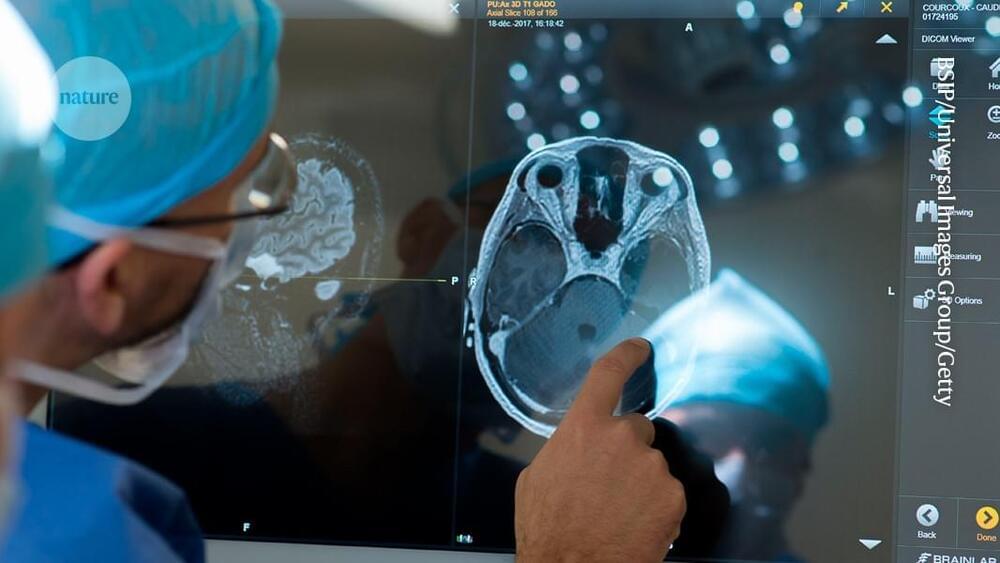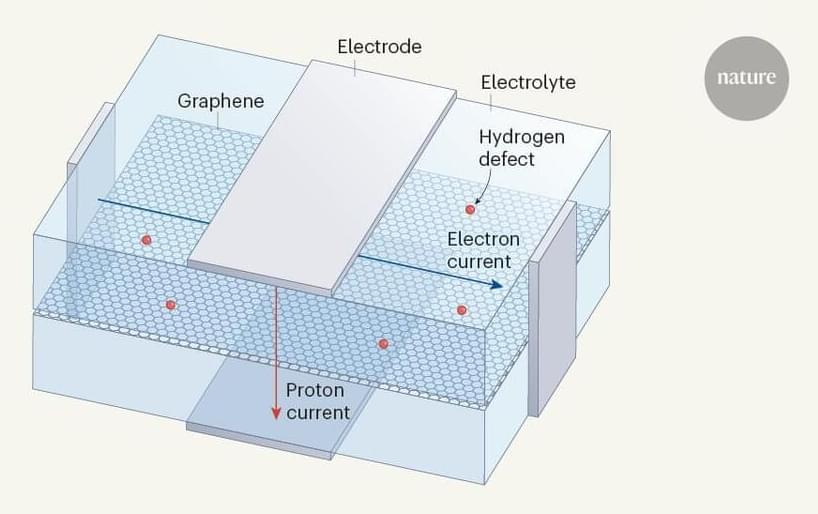LIFE after death could in some form be possible if the infinite universe theory is proved to be true, one physicist has claimed.



Our technological prowess is unrivaled. From the simplest inventions to the most complex machines, we have continually pushed the limits of what is possible. But as our capabilities grow exponentially, a looming question arises: are we heading towards a technological singularity that could change the course of humanity?
The concept of technological singularity has moved beyond the fringes of futurism; it is now an imminent possibility. Defined as the hypothetical future point when technologies have become so advanced that humanity undergoes a dramatic and irreversible change, the singularity presents an inescapable, exhilarating, and terrifying problem for philosophers, scientists, and every human being.
Are we prepared for the implications, the ramifications, and the profound changes that a tech-driven future might bring?

These technologies are helping researchers to explore what sets the human brain apart from those of other species, and how its cognitive abilities have evolved. For example, the role of non-invasive imaging in learning about cognitive abilities is discussed in a Perspective article by Feline Lindhout at the Medical Research Council’s Laboratory of Molecular Biology in Cambridge, UK, and her colleagues1. In another article, Evelina Fedorenko at the Massachusetts Institute of Technology in Cambridge and her colleagues also draw on this literature to argue that, in humans, language probably serves mainly as a communication tool rather than as a means for thinking or reasoning2 — and that language is not a prerequisite for complex thought.
One desirable outcome for human neuroscience would be to develop personalized treatments for neurological and psychiatric disorders, because translating the results of studies in animals has not proved successful or sufficient for generating effective therapies at scale. But in grasping these opportunities, researchers must keep in mind that the brain is different from other organs — it’s the seat of people’s memory, experiences and personality. When using the human brain — whether in small cubes removed during neurosurgery, or through 3D organoids made from stem cells and grown in cultures to resemble parts of the developing human brain — for research, scientists must consider the dignity and respect owed to the individuals concerned.



In today’s semiconductor manufacturing industry, the most advanced chips are produced at 7 nm and below where there is little room for error. Despite the difficulty and unrelenting pressures found in this microworld, engineers and scientists remain undeterred in their pursuit of cutting-edge processes, techniques or materials that push the boundaries of Moore’s Law. Through endless experimentation at the nanoscale level, designers and researchers seek to uncover minute improvements that have the potential to translate into millions—if not billions—of dollars in revenue for chipmakers.
The emergence of carbon nanotubes (CNTs) as a compelling alternative material to address inefficiencies in extreme ultraviolet (EUV) lithography has the potential to be one of those innovations. However, contemporary production methods create CNTs that fall short of expectations. To realize the full potential of CNTs requires a new production method that significantly improves their quality. Only then can they help the semiconductor industry deliver on the insatiable demands for advanced chips.
Before exploring the production methods behind creating CNTs, one must first understand why they are so crucial in the semiconductor industry.
Bringing together the global cryonics field including leaders, researchers, and members.
Stephen Wolfram explores simple models of biological organisms as computational systems. A study of progressive development, multiway graphs of all possible paths and the need for narrowing the framework space.

Robots and food have long been distant worlds: Robots are inorganic, bulky, and non-disposable; food is organic, soft, and biodegradable. Yet, research that develops edible robots has progressed recently and promises positive impacts: Robotic food could reduce electronic waste, help deliver nutrition and medicines to people and animals in need, monitor health, and even pave the way to novel gastronomical experiences. But how far are we from having a fully edible robot for lunch or dessert? And what are the challenges?
Scientists from the RoboFood project, based at EPFL, address these and other questions in a new perspective article in the journal Nature Reviews Materials (“Towards edible robots and robotic food”).
“Bringing robots and food together is a fascinating challenge,” says Dario Floreano, director of the Laboratory of Intelligent Systems at EPFL and first author of the article. In 2021, Floreano joined forces with Remko Boom from Wageningen University, The Netherlands, Jonathan Rossiter from the University of Bristol, UK, and Mario Caironi from the Italian Institute of Technology, to launch the project RoboFood.
Philip Goff believes that everything, even tiny particles like electrons, has a little bit of consciousness. This idea is called panpsychism. He explains that this might help us understand why we have feelings and thoughts.
Philip discuss another idea called cosmopsychism, which is a theory that suggests the entire universe is a single conscious entity. Instead of individual minds (like human minds) being separate and independent, they are seen as parts of the universe’s larger, unified consciousness. In simpler terms, it means that the universe itself has a mind, and our individual consciousnesses are just small parts of this greater, universal mind.
Philip thinks science can’t fully explain what it’s like to feel things, like the color red or the taste of chocolate. He says we need to include consciousness in our science to understand everything better.
Why? The Purpose of the Universe (Prof Philip Goff)
https://amzn.to/4cbYHqL
Galileo’s Error: Foundations for a New Science of Consciousness.